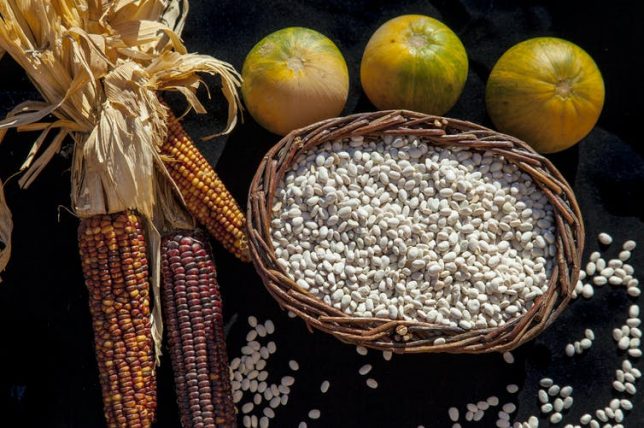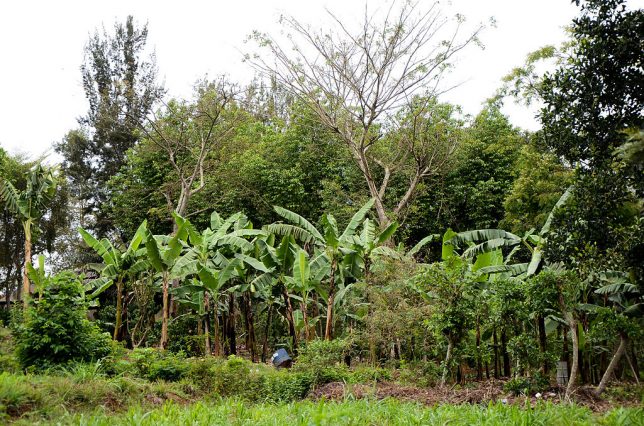
Pandemic and war in Ukraine have pushed 122 million more people into hunger since 2019, according to new report.
By David Henry, Forests News
The number of people facing hunger in the world has risen by more than 122 million since 2019 as a result of the coronavirus pandemic, the war in Ukraine and weather shocks, according to a new United Nations report.
It is estimated that 691 million to 783 million people lacked sufficient food in 2022, affecting 9.2% of the global population compared with 7.9% in 2019, the year before the pandemic began, according to the State of Food Security and Nutrition in the World (SOFI) 2023 report, which is produced by five UN agencies.
The Food and Agriculture Organization of the United Nations (FAO), the International Fund for Agricultural Development (IFAD), the United Nations Children’s Fund (UNICEF), the World Health Organization (WHO) and the World Food Programme (WFP) provide an annual update on the world’s progress towards ending hunger, achieving food security and improving nutrition.
The 2023 report emphasized that the UN Sustainable Development Goal of creating a world free of hunger by 2030 risks failure if current trends continue. It is projected that almost 600 million people will be chronically undernourished at the end of the decade.
“The latest SOFI report highlights the urgent need to reverse the trends that undermine the world’s ability to achieve the goal of zero hunger by 2030,” says Éliane Ubalijoro, Chief Executive Officer of the Center for International Forestry Research and World Agroforestry (CIFOR-ICRAF). “Trees, forests and agroforestry landscapes have a vital role to play in this process by helping address the interrelated challenges of biodiversity loss, climate change, food security, livelihoods and inequity.”
To help transform food systems, CIFOR-ICRAF is promoting the wide-scale adoption of agroecological approaches, including farmer-led strategies to increase tree cover and diversity across agricultural landscapes. And by providing evidence on how forests and trees contribute to people’s diets, it is raising awareness and influencing national policies to include forests and trees as part of national and local food systems.
‘’The SOFI 2023 report shows that in a world where regular crises become the new norm, increasing the resilience of agrifood systems is a priority,” says David Laborde, Director of the FAO Agrifood Economics Division (ESA). “Forestry has a key role to play in this system. The range of actions and opportunities is vast: from helping the regulation of water flows and mitigating the severity of heatwaves, to providing income diversification options and more robust integrated production systems.’’
While global hunger stabilized in 2022 alone, it continued to increase in some vulnerable countries, in particular in Africa. Seizing the opportunity provided by forests, either by rebuilding them in the Sahel region, or preserving their services in Central and Eastern Africa is part of reversing the hunger trend in these countries, Laborde says.
As it addresses five global challenges, CIFOR-ICRAF is committed to transforming food systems that are based on sustainable land management, equitable outcomes for Indigenous Peoples and local communities, as well as supply chains that rely on sound environmental practices and social inclusion.
Trees can make a major contribution to boosting the productivity of farming systems and the lives of rural communities, who provide most of the world’s food. CIFOR-ICRAF facilitates this process by helping farmers choose the right tree for the right place for the right purpose on their farms and then to manage them effectively.
“Agroecology enables farmers to grow food while preserving soil health and improving the resilience of food systems,” says Fergus Sinclair, Chief Scientist at CIFOR-ICRAF. “The world produces enough food to feed nearly twice the current population, yet millions of people are still hungry. A greater emphasis on agroecology, including reducing food loss and waste, would help policymakers tackle this worsening global food crisis.”
The 2023 SOFI report highlighted that agroecology has a role to play in ending hunger by the end of the decade while offering other benefits. At plot, farm and landscape scales, it can help increase farmers’ incomes, improve food security and nutrition, use water more efficiently and enhance nutrient recycling, as well as conserve biodiversity and provide other ecosystem services.
Agrifood systems will also need to be viewed beyond the traditional rural-urban divide, according to the UN agencies. Due to population growth, small and intermediate cities and rural towns are increasingly bridging the space between rural areas and large metropolises, creating both challenges and opportunities to ensure everyone has access to affordable healthy diets.

